KALO
Sacred Taro of Hawaii
“Kalo kanu o ka ʻāina.”
Taro planted on the land.
Natives of the land from generations back.
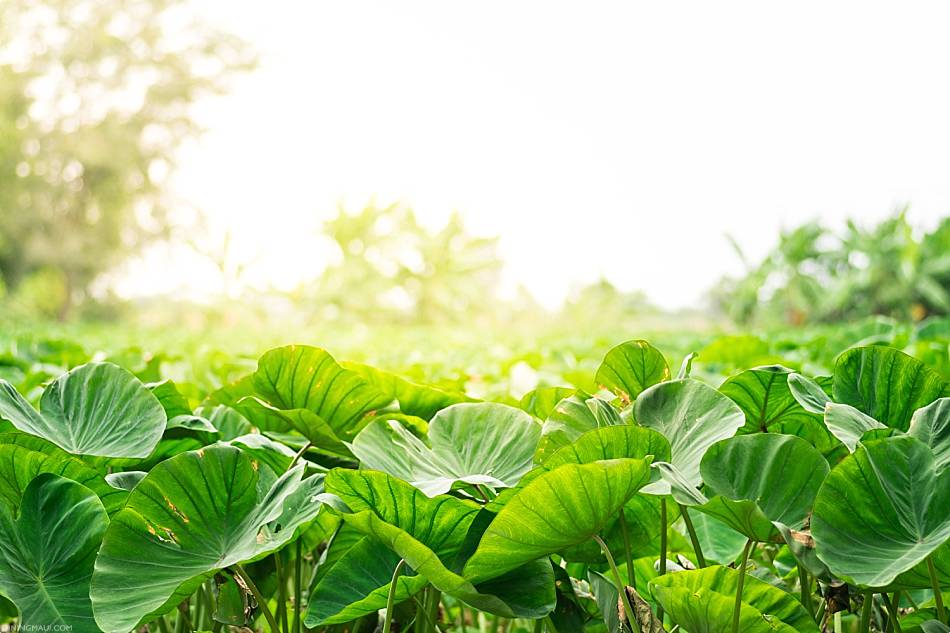
Kalo, often referred to as taro outside of Hawaii, holds an esteemed position as the foundational food source in Hawaiian culture. This remarkable plant, known for its underground corms and heart-shaped leaves, is not only a dietary staple but also an embodiment of Hawaiian identity.
Kalo’s versatile nature is evident in its edibility at every stage of growth, once properly cooked. The corms, rich in starch, can be enjoyed in a manner akin to potatoes or transformed into poi, a dietary cornerstone in Hawaiian cuisine. Most visitors look at poi as a foreign substance not to be trifled with. But we encourage you to try it when at your next Maui luau. It’s meant to be used as a pallet cleanser. Something to help move you from one rich dish to the next while enjoying every bite.
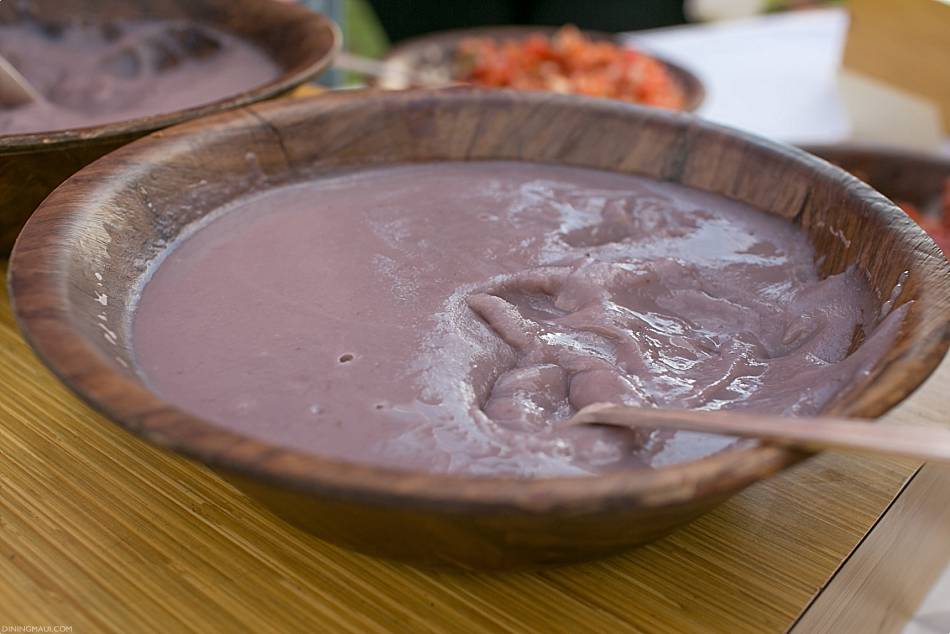
Additionally, the petioles and leaves of the kalo plant find their way into various dishes, with the laulau, a delectable concoction of meat wrapped in kalo and kī leaves and steamed to perfection, ranking among the most beloved.
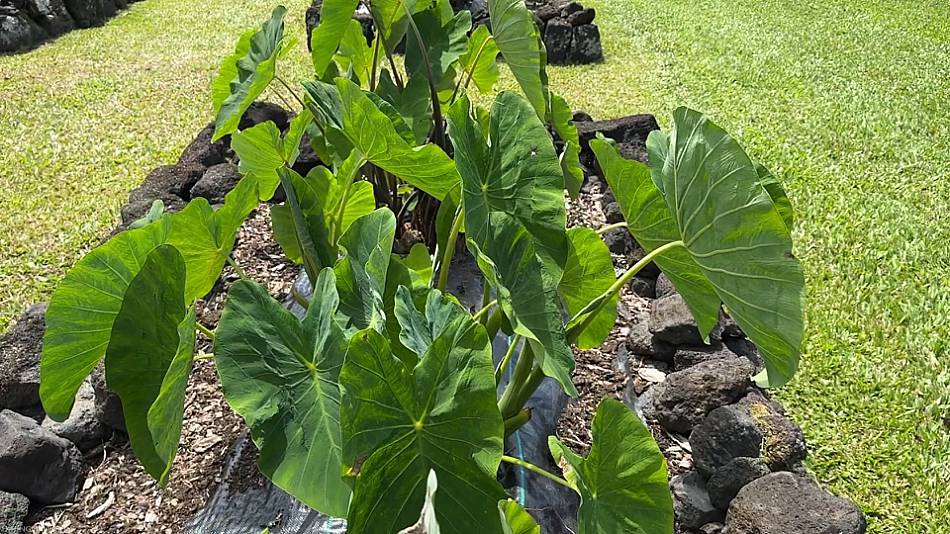
The cultivation of kalo in Hawaii takes two distinct forms: wetland kalo thrives in loʻi, artificial paddies or marshes often referred to as taro patches, while dryland kalo is planted in non-flooded soil regions blessed with substantial rainfall. In the Canoe Garden at Kahanu Garden in Hana, Maui, the cultivation of kalo takes the dryland approach due to the absence of flowing stream water.
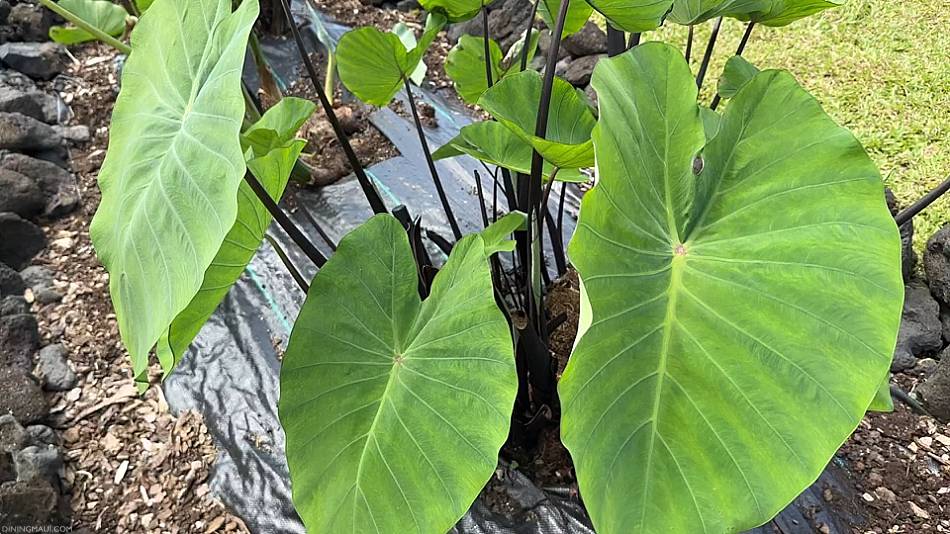
Legend intertwines the origin of the first Hawaiian with the emergence of the first kalo plant. This mythic connection forms the bedrock of Hawaiians’ deep reverence and meticulous care for kalo.
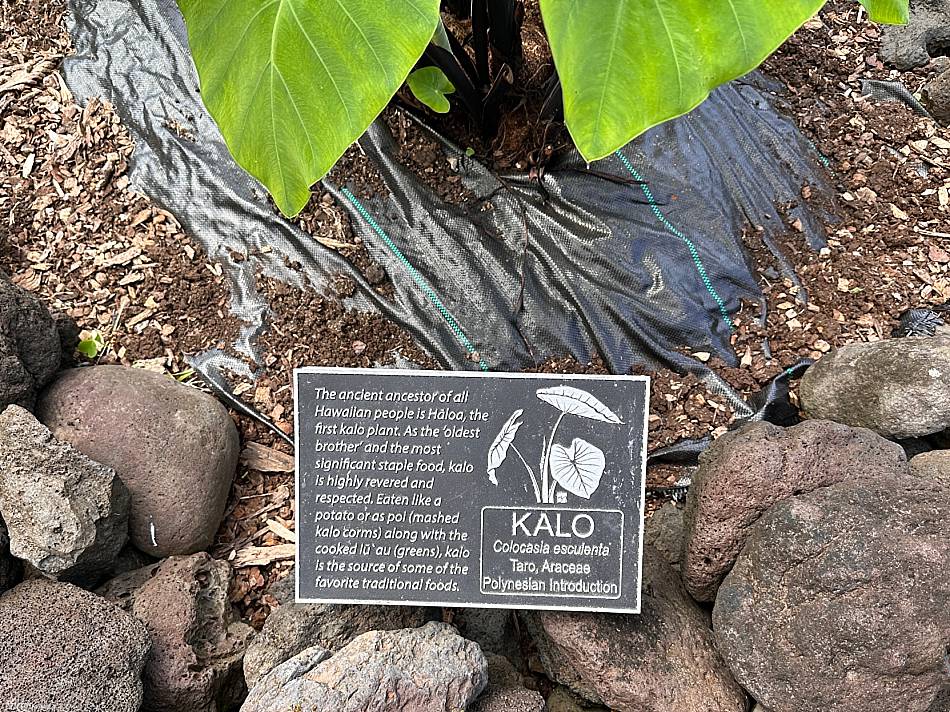
For Hawaiians, the kalo plant serves as a metaphorical representation of their ʻohana, or family, values. ʻOhana, a term integral to Hawaiian culture, draws its roots from ʻoha (Hawaii taro shoots), signifying the offspring or children that sprout from the kalo corm. Much like the parent kalo, which nurtures and encircles its ʻoha as they grow, Hawaiian families emphasize the importance of nurturing their own ʻohana members. This cyclical growth, where ʻoha mature and eventually produce their own ʻoha, mirrors the vitality of culture and community, forming an indispensable component of their collective health and well-being.
”I maikaʻi ke kalo i ka ʻoha.”
The goodness of the taro is judged by the young plant it produces.
Parents are often judged by the behavior of their children.
Mahalo to Kahanu Garden for sharing your wisdom with the world!
Maui Restaurants
Leoda’s Kitchen & Pie Shop Review
Amazing pies, great sandwiches, salads, and epic brussel sprouts are worth a stop when traveling between South and West Maui.
Spoon & Key Market Review
It’s official! We have a new favorite restaurant in Wailea! We’ve been to Spoon and Key Market for lunch, and it’s been great. But dinner is a completely different deal.
Coco Deck Lunch Review
After our west side beach day, we were all ready for a feast. Coco Deck delivered with a delicious lunch with drinks and games.







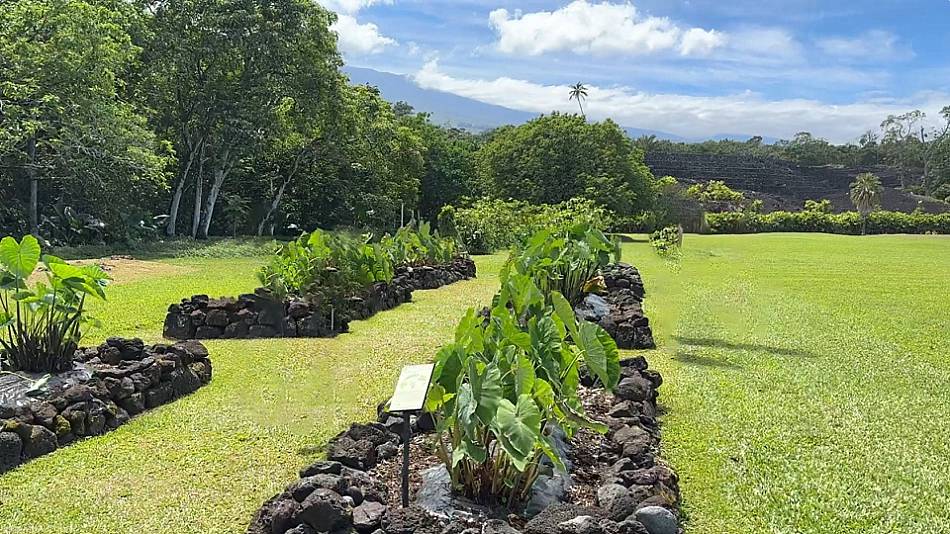
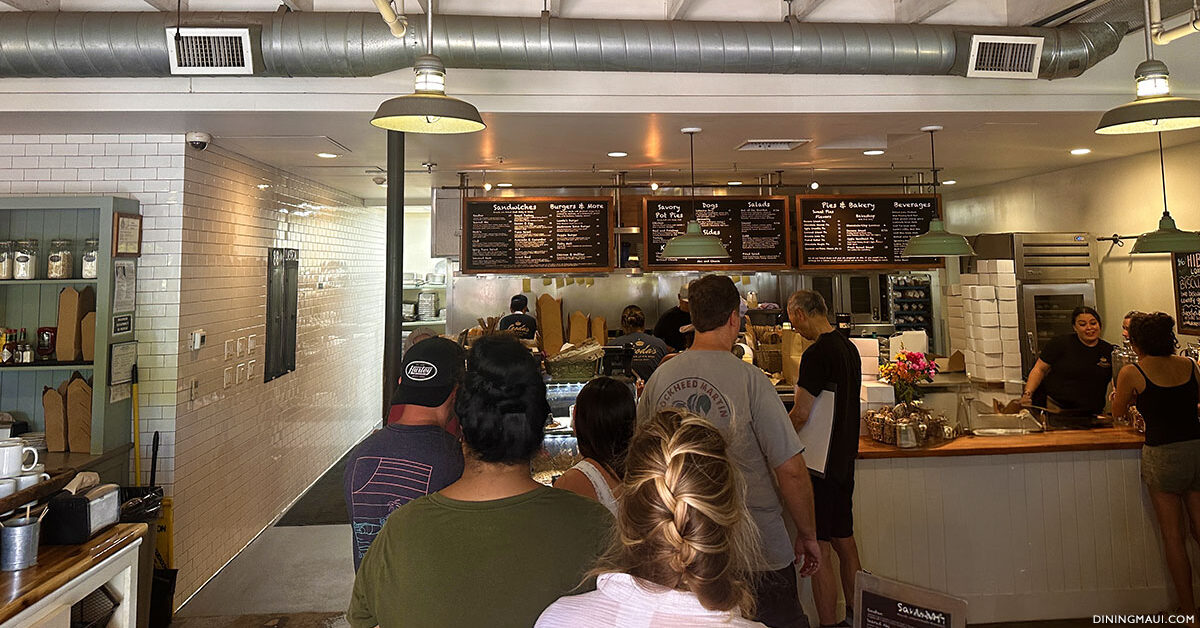
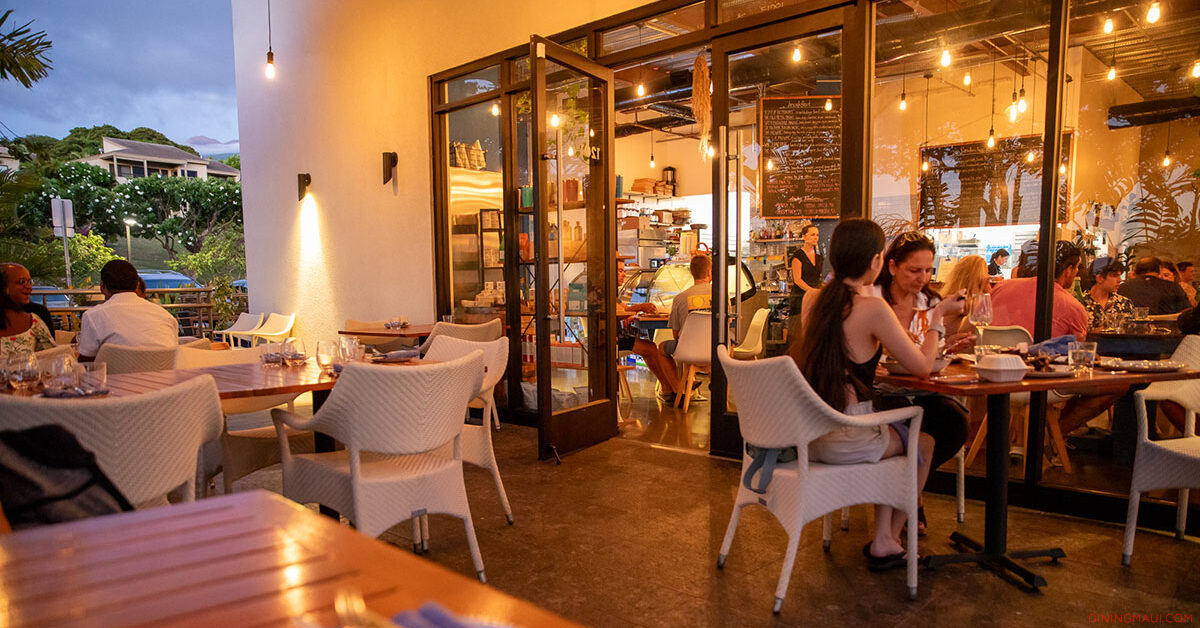
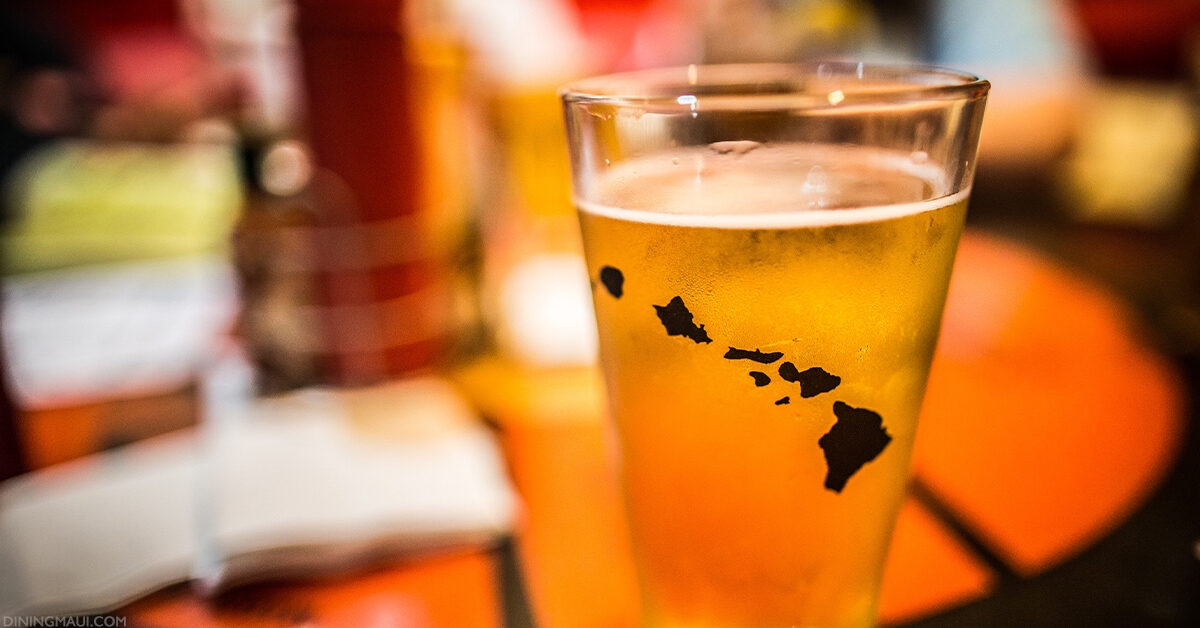
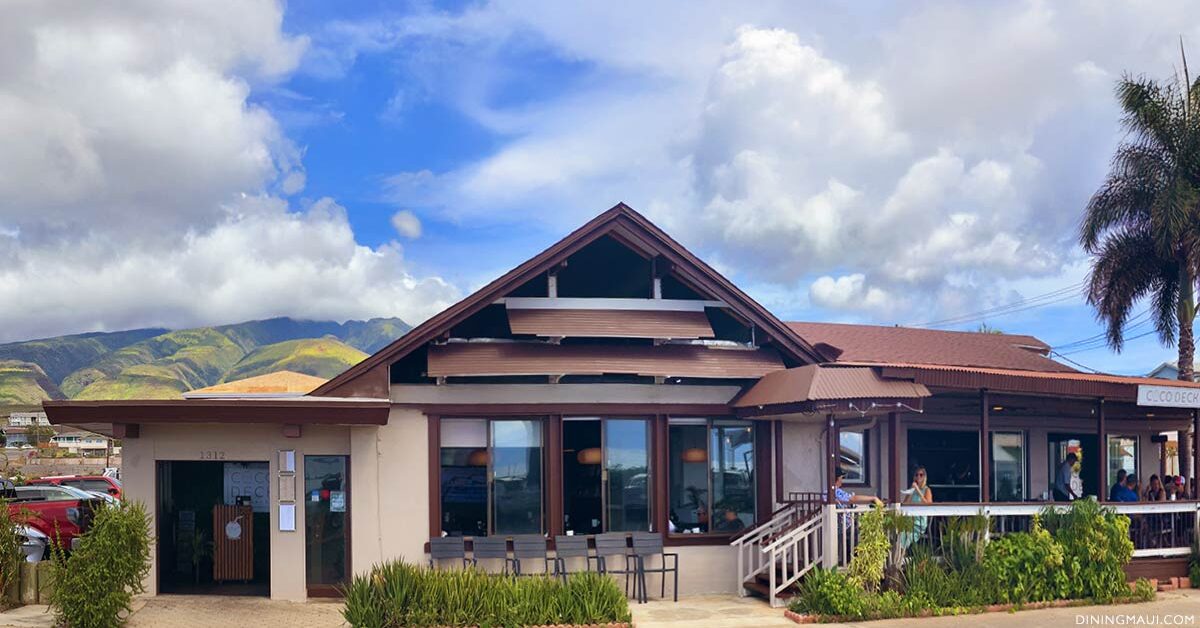
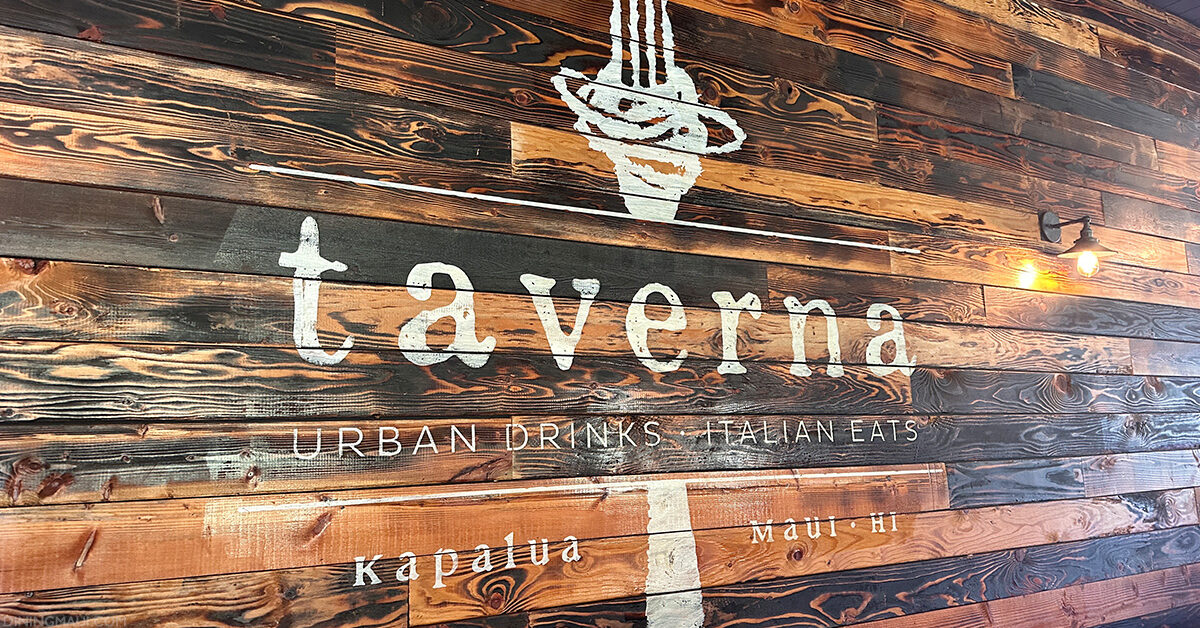
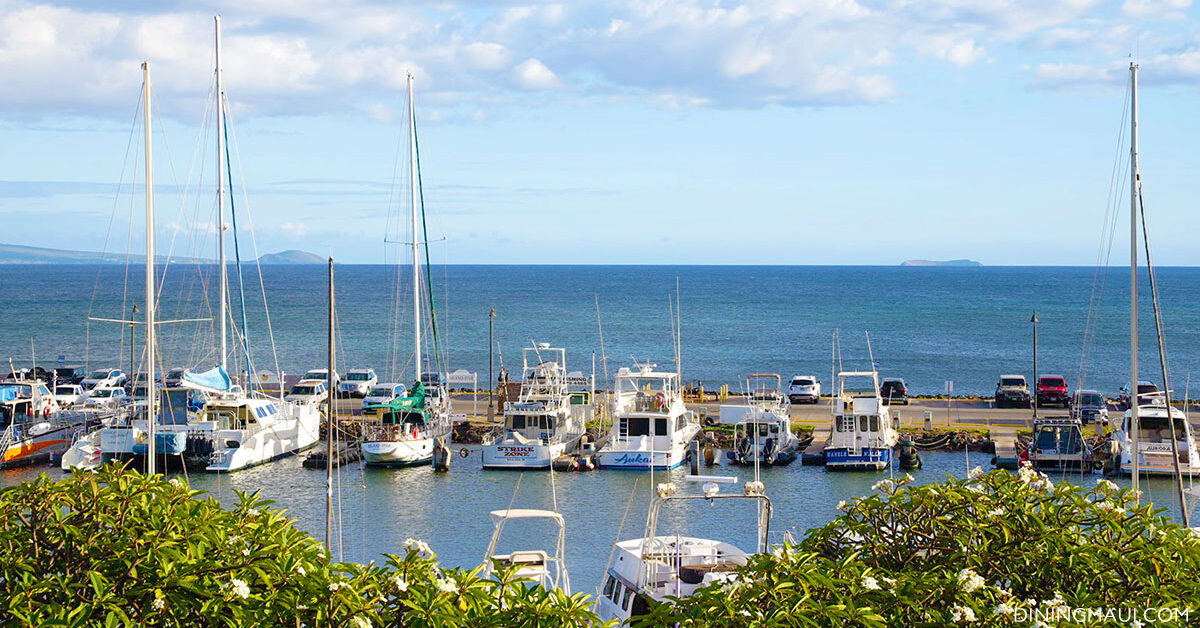
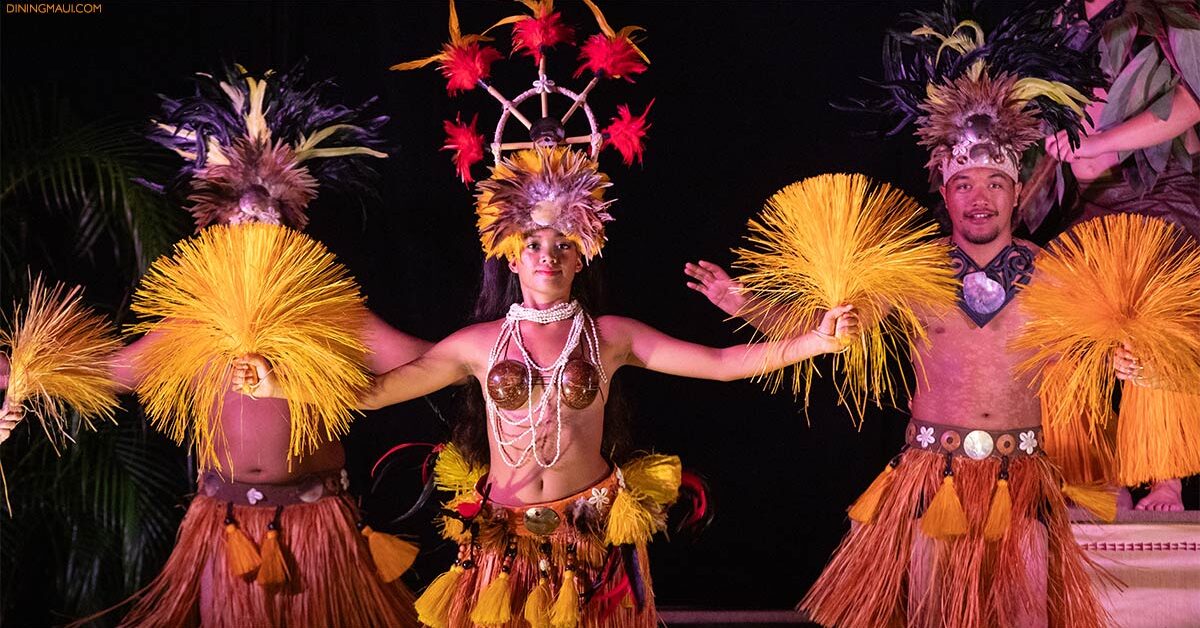
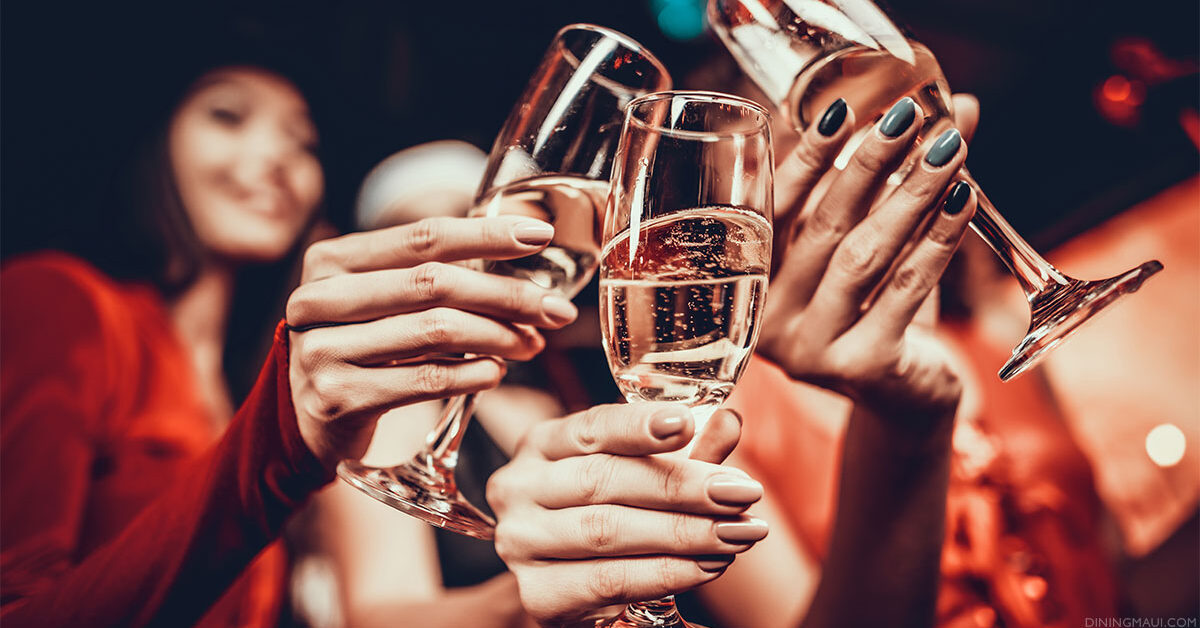
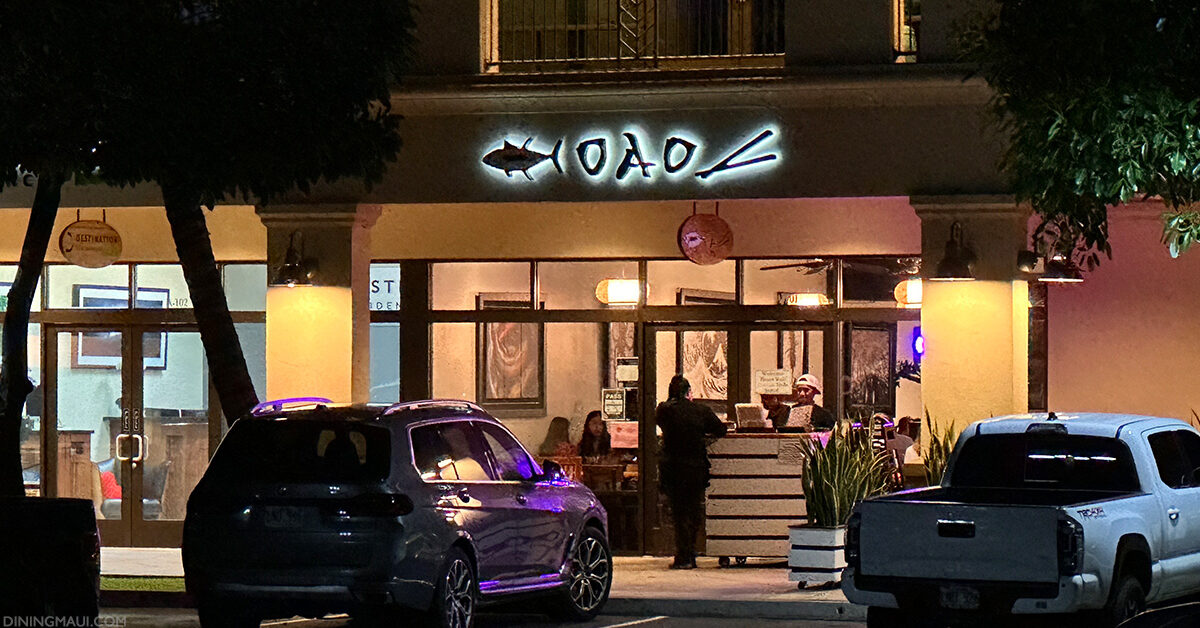
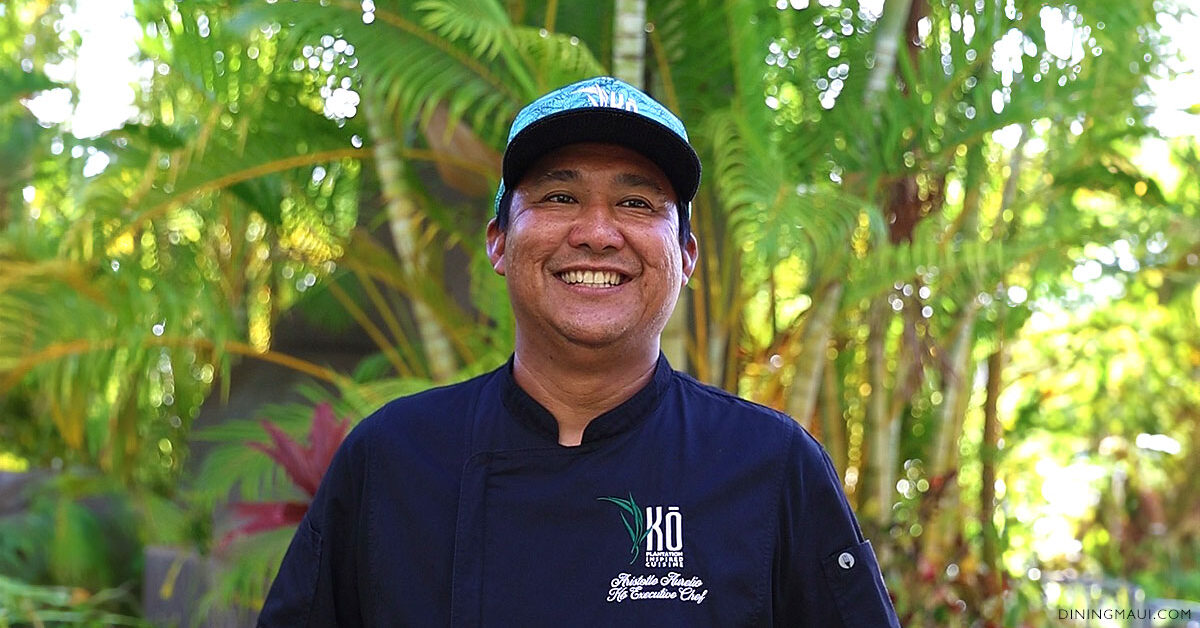
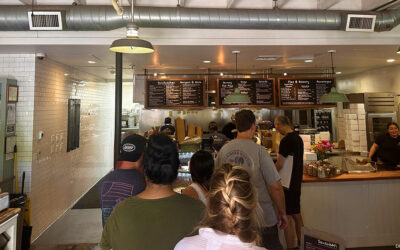

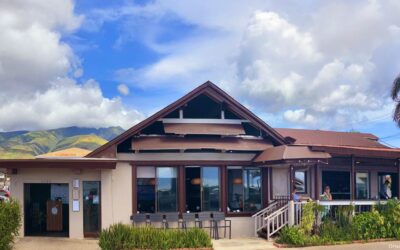
0 Comments